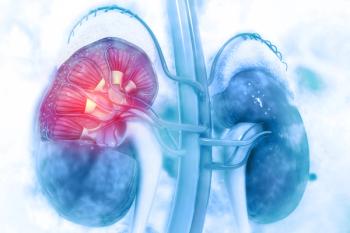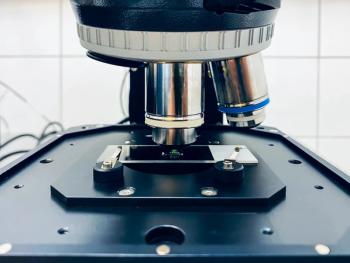
Study: Dexcom CGM Benefits Type 2 Diabetes Patients Using Multiple Daily Insulin Injections
To avoid bias, the study did use aggressive titration protocols that might be found in a real-world setting. Still, patients using CGM saw greater reductions in A1C and more time in range.
Continuous glucose monitoring (CGM) helped patients with type 2 diabetes (T2D) on intensive insulin therapy improve their glycemic control and gave them more time in range, according to results from the first trial with Dexcom’s G4 in this population.
Annals of Internal Medicine
Results published today in the are from the second arm of the DIaMonD study (Multiple Daily Injections and Continuous Glucose Monitoring), which reported findings on users with
These latest findings show that after 24 weeks, T2D patients using CGM lowered their glycated hemoglobin (A1C) 0.03% more than patients in a control group, and the CGM patients spent an additional 38 minutes a day in range (70-180 mg/dL).
Both groups had a mean A1C of 8.5% at baseline. The CGM group saw a mean reduction of 0.8%, and the control group had a mean reduction of 0.5%.
“This study represents a significant step forward for the diabetes community,” lead study author Roy W. Beck, MD, PhD, of the Jaeb Center for Health Research, said in a statement. “These results allow us to confidently tell people with type 2 diabetes they can use CGM to take control of their disease and make better treatment decisions.”
Several points suggest there’s great potential for CGM to help T2D patients who have had the most difficulty achieving A1C targets. First, CGM users saw benefits, even though researchers did not employ aggressive protocols to titrate dosing—which might be used in a real-world setting.
Second, to the researchers’ surprise, CGM users embraced the technology beyond their expectations. Only 1 of the 77 patients in the CGM arm stopped using it before the end of the 24-week trial, and the average “benefits” score was 4.4 out of 5, compared with a “hassle” score of 1.8.
David Price, MD, vice president for medical affairs at Dexcom, which funded the study, said the results answer several questions about the use of CGM with T2D patients, most notably whether they are willing to wear devices and able to use the technology. As is often the case in drug trials, those patients who started with the highest A1C saw the greatest benefit: those whose A1C started at 8.5% or higher had an average reduction of 1.1%.
The American Journal of Managed Care
In an interview with ®, Price said there are about 5 million patients with T2D who use insulin, of which a third are on intensive insulin therapy—almost all with injection. Right now, Price said, there’s very little customization of insulin dosing for this population, and these patients have very little knowledge about when they are experiencing hypoglycemia or hyperglycemia. With CGM, he said, “They would be alerted when they are low.”
For the first time, T2D patients “would have trending information—they would have immediate feedback.”
The historic approach to T2D is to give the patient a regimen until it fails, and then add more medication. “These patients are on multiple medications a day—to offer an approach without adding another medication is perceived as beneficial,” Price said, and the proof is the quality-of-life scores and near-perfect adherence.
The fact that nearly every patient in the CGM group stayed with the technology should send a message to payers, he said, since some powerful, expensive therapies have side effects and adherence rates as low as 50%.
AJMC
$17,564
For T2D patients prone to hypoglycemia, Price said, CGM could help prevent hospitalizations, which would make the technology cost-effective for payers. A 2011 study in ® found that the cost of a single inpatient admission related to T2D at that time was .
Earlier this year, FDA approved Dexcom’s G5 Mobile CGM for use in dosing, which allowed the technology to meet Medicare’s definition of durable medical equipment. This makes CGM available to beneficiaries with T1D and T2D patients on intensive insulin therapy, like those in the DIaMonD study. After
Price said the FDA approval required Dexcom to perform post-marketing studies. So, real-world results, for both T1D and T2D patients, will be reported in late 2018 or 2019, he said.
Newsletter
Stay ahead of policy, cost, and value—subscribe to AJMC for expert insights at the intersection of clinical care and health economics.















































